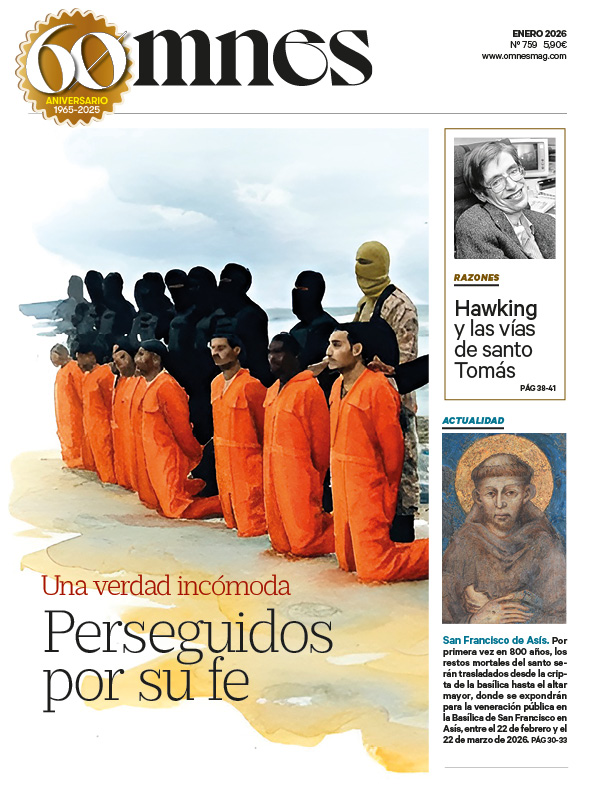Olga García Riquelme (1920-2012) was an outstanding Spanish scientist recognized for her pioneering contribution in the field of physics and atomic spectra research. Born in Santa Cruz de Tenerife, she stood out as a brilliant Doctor of Science and professor at the Institute of Optics of the Spanish National Research Council (CSIC) with the support of Otero Navascués, director of the Institute of Optics.
His career was marked by his dedication to obtaining and analyzing atomic spectra of astrophysical interest, as well as by his work in theoretical calculations of atomic configurations. García Riquelme furthered his studies at the Institute of Physics of the University of Lund in Sweden and at the Centre National de la Recherche Scientifique de Bellevue in France. Part of his scientific prestige was also due to his collaboration with renowned foreign organizations such as the National Bureau of Standards in the United States, the Meudon Observatory in France and the Spectroscopy Laboratory of the Israel Nuclear Energy Commission in Soreq. In these places, he studied exhaustively the atomic spectra and their electronic configurations, contributing significantly to the knowledge of elements such as manganese (Mn and Mn III), nickel (Ni III and Ni IV), vanadium II and tungsten IV.
García Riquelme stood out as a relevant figure in a scientific environment mostly dominated by men. She admitted belonging to a lifelong Catholic family, although she acknowledged that the visibility of Catholicism in scientific circles is scarce: "these are issues that are not talked about. On the other hand, she considered that the Church is not a problem for scientific development at all and that science and faith are perfectly compatible.
Olga García Riquelme passed away at the age of 92 in her hometown, Santa Cruz de Tenerife, leaving a lasting impact on the scientific community and an inspiring example for generations to come.
Public University of Navarra.
Society of Catholic Scientists of Spain







